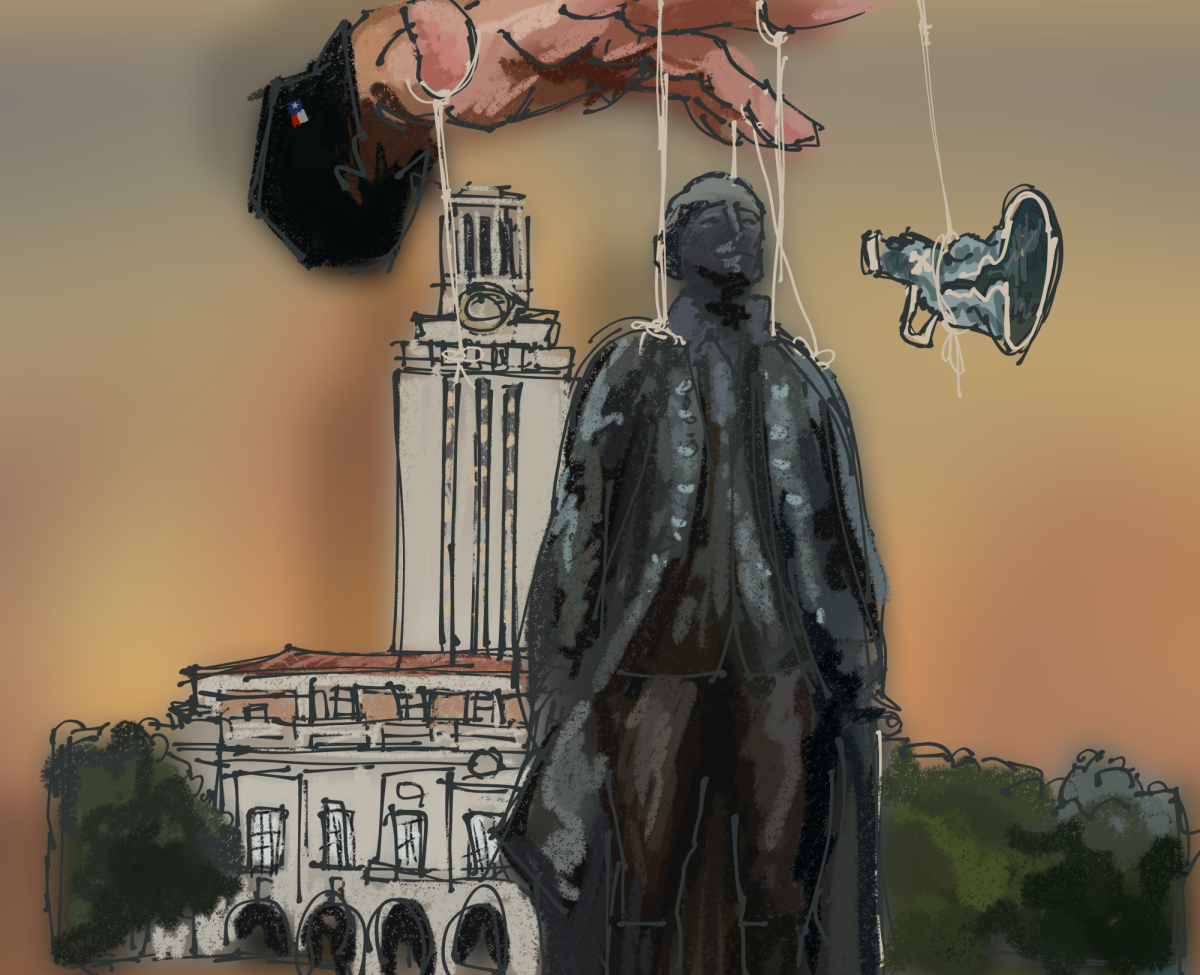When I first arrived at UT as a transfer student, I was surprised to see students largely ignoring many of the safety practices I had learned at my previous college. Students walking through city streets wearing headphones and looking at their phones struck me as a bit careless, but only because I was taught to avoid appearing unaware of my surroundings as soon as I arrived at my old school, Emerson College.
As a freshman at Emerson, our mandatory orientation activities included a safety presentation from both our college and city police departments. This presentation included basic campus safety measures, such as not leaving your laptop unattended in the library, as well as a deeper discussion of city dynamics as a whole. For example, the Boston city police gave us detailed instructions on how to safely and respectfully interact with the homeless population and what to do if anyone ever attempted a public robbery or mugging.
Because of this presentation, I felt confident and prepared for life in a bustling urban environment. The UT Police Department does give a mandatory safety presentation to students at orientation, but they only started doing so in 2018 and they do not have a representative from the Austin Police Department at the event.
“We have three basic things … about safety on campus: Try to walk in groups, be aware of your surroundings and call 911 anytime you feel unsafe,” said UTPD Lt. Laura Davis. While this is valuable information for students, the presentation leaves out practical knowledge that could save lives in an emergency situation.
In recent years, students have experienced tensions with the homeless population near campus. Though the vast majority of transients pose no safety risk, it’s important to equip students with the skills needed to handle a problem if it ever arises. UTPD’s orientation presentation fails to provide specific steps for dealing with issues such as aggressive panhandling, potential robberies and attempted kidnappings.
“There are practical things about safety that are a part of your environment that are essential for (everyone) to know,” SafeHorns president Joell McNew said. “How many students are coming from places that aren’t familiar with an urban environment?”
SafeHorns, a private coalition of parents and community members working to improve campus safety, has been advocating for the inclusion of information about interacting with the homeless population and other off-campus security concerns. “We strongly want (the presentation) to change, and we keep asking for that,” McNew said.
In addition to providing more specific content regarding safety threats students may face off campus, UTPD should include a representative from APD in their orientation safety program. This would increase student preparedness, particularly considering the majority of students live off campus — outside of UTPD’s jurisdiction.
My experience at Emerson’s safety presentation was greatly enhanced by the presence of our city’s police department. They explained some of the factors contributing to homelessness and taught us how to avoid potentially unsafe situations.
Between a multitude of events, active district officers and online resources, UTPD certainly provides an abundance of safety resources to students. However, if a student doesn’t actively seek out these resources, they may not receive the instruction they need in the event of an emergency. Because of this, the mandatory orientation presentation must be as comprehensive as possible.
By working with APD to enhance the orientation presentation, UTPD will give students the knowledge they need to be proactive members of an urban environment.
Waltz is a radio-television-film senior from Dripping Springs.





















